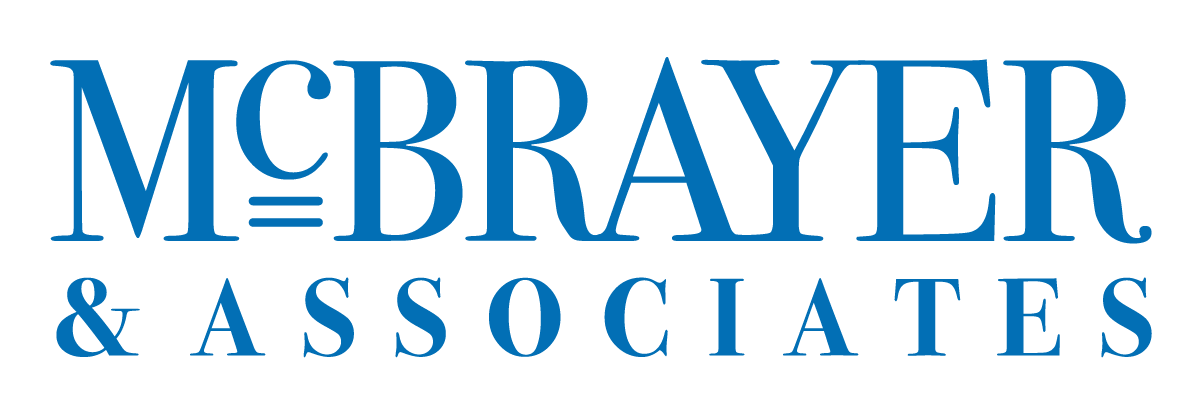Best 6 Tactics to Generate Preference in the Business Proposal

Your business proposal is a story, and the Strong Start gets the attention of your audience.
By the time we propose, we are in the bottom stage of the sales funnel. Before, we were a think-partner who diagnosed the prospect’s situation. But now, in the bottom of the funnel, we are no longer diagnosing, but prescribing. In order for the prospect to take our prescription seriously and to transfer emotion, we need to inspire confidence and believability.
When you tell a story, there are three parts: first, you tell what you’re going to say, then you actually say it, and then you repeat what you just said. Of these three sections, the first is the most important because the beginning is when you either get or don’t get your audience’s attention.
The Five Biggest Presentation Mistakes.
Below, we list the five biggest mistakes—that is, errors in generating preference—that people make during their business proposals.
1. No clear purpose.
2. No clear flow.
3. Too much detail.
4. Too long-winded.
5. No audience benefit.
Here’s the good news: the good news is that you do not need to memorize this list because our Strong Start will avoid all these potential problems.
The Strong Start
The template for the Strong Start looks complex, and it looks that way because it sets up your entire presentation. The astounding part is that all of this preparation is for the first thirty seconds of your presentation because that is the most important part. The opening is the most important because this is when we let the prospect know what to expect from our business proposal, and it primes the listener so that we can generate their preference with no distractions.
The components of the Strong Start.
1. The Opening Gambit.
The opening gambit is the start of the start, which means that this section should pique your audience’s interest immediately. There are several options for your opening gambit. The key is customizing the gambit to meet your audience’s problem or opportunity.
Through this customization of the business proposal, we are able to show that we maintain the status as the business’ think partner as well as generate preference in our direction.
Here are the main options for the opening gambit, and an example to illustrate each one more clearly.
Question: How could you possibly give the same exam two courses in a row?
Statistic: Most homeowners only get one bid when looking for someone to paint their home.
Anecdote: 80% of juries decide the verdict after only the opening remarks….
Quotation: John Gardner says, “Ailing organizations have developed a functional blindness to their own defects.”
Analogy: … equivalent of the paradigm shift of backing up a trailer.
Aphorism: “You can lead a horse to water….”
Note: Don’t make the common but significant mistake of apologizing for taking the buyer’s time. That sounds weak. It sets up the idea that you are not confident that your buyer will enjoy and appreciate the presentation. Because we are generating preference through this business proposal, we will need to start strong—and that means being confident enough to not need to apologize.
2. Unique Value Proposition
The Unique Value Proposition (UVP) simply names or titles your solution. The beginning of your business proposal is too soon to get into the UVP’s details. The title of your presentation to should give an overview of the UVP. Keeping the title clear and customized helps you avoid mistakes three, four, and five—losing your flow, too much detail, and too long-winded.
It also helps you stay on track, and it generates preference by letting your prospect know that you were listening, and you’ve come up with a solution to their specific problem or goal.
3. Link to Proof of Concept
Proof of Concept is usually one line that illustrates your success with the UVP. Avoid the temptation of telling the buyer everything to get him or her to understand anything. We will tell them more, later, in the body of the presentation. The start is for hooking the buyer into the business proposal itself.
4. WIIFY: What’s in It for You
The WIIFY specifically identifies what’s in it for your buyer. This part of your business proposal should encapsulate the one or two most powerful desired results—or benefits—that your prospect told you that they wanted. This section should be simple and to the point.
5. Link to Point B
Point B is your call to action. To meet this portion of generating preference through the business proposal, we are tell them the exact purpose of this meeting: we are going to ask you to commit to something at the end of this presentation. I have not given you enough information to commit now, but I will. We always need to begin with the end in mind so that the buyer is not surprised by our call to action.
6. Preview and Running Time
Last, we include the preview and running time. Your audience wants to see the agenda so they know what’s coming and how long it will take. We should not make them guess. Positioning this section at the end also allows for an easy transition into the body of the presentation.
Example: “Our agenda has us addressing three different issues. One, the origins of the problem and how we detected it. Two, how our solution will completely resolve the issue. And three, our implementation plan. With that timing set up, let’s begin with number one, the origins of the problem and how we detected it….” With that, we have easily transitioned into the second portion of the presentation, “Saying it.”
Conclusion
Through avoiding the worst habits of business proposals and focusing instead on the strong start—the opening gambit, the UVP, the WIIFY, the proof of concept connecting to Point B, and giving a preview—we generate the preference of our buyer.
Photo by Beatriz Pérez Moya.
